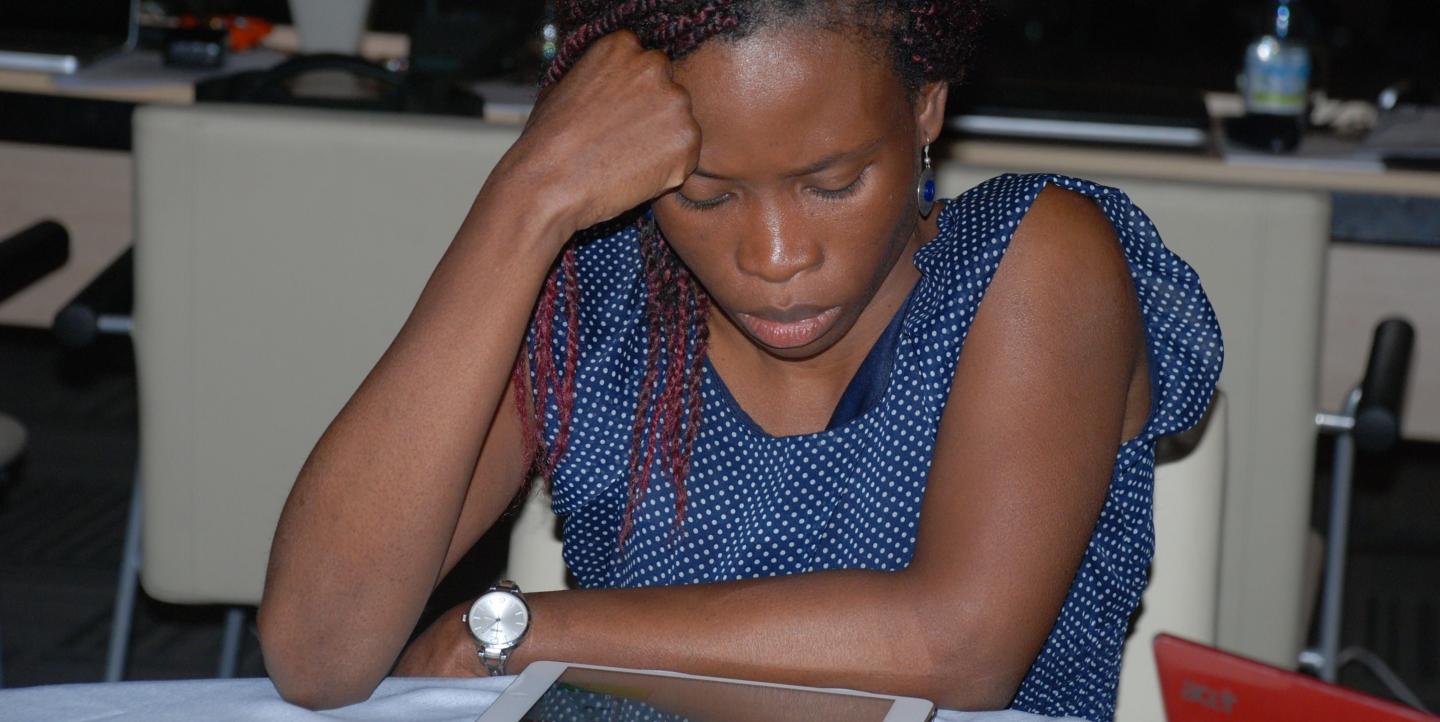The advice was simple yet surprising: "Throw away great content."
It was one of the many memorable tips I and the other African Story Challenge finalists received from mentors at the Business and Technology Story Camp in Morocco this summer. As experienced journalists about to embark on major projects, we thought we knew how to tell a good story, so being told to abandon some of our hard-won gems of information was the last thing we expected to hear. But throughout the week the mentors challenged many of our assumptions about journalism and by the end of the camp we were able to refine our PhD thesis-sized ideas into simpler stories that could make a difference to readers, listeners and viewers already deluged with content.
Here's what I learned about how to produce stories that create an impact while avoiding the pitfalls of a large, ambitious journalism project:
Step 1: Avoid the curse of knowledge
Before we could begin planning our stories, many of us, myself included, needed to be liberated from the burden of knowing too much. We may have spent months researching our topics but that did not mean we had to dump it all on the reader, mentors told us repeatedly. As Mirko Lorenz, a pioneer of data journalism, put it, “throwing away good stuff in favour of better stuff is very hard work.” But if we weren’t prepared to make choices and cuts we would be trapped by too much material and too many options, he warned. A presentation by data visualization expert Kristaps Silins also summed up the message well: “Trash 99 percent of your content – quality is a choice.”
Step 2: Know your audience
As journalists, we often want our stories to appeal to as broad an audience as possible. But, as we learned at the story camp, this is not necessarily the right approach. Our stories are likely to have more of an impact if they are tailored to a narrow key audience, we were advised. Before putting pen to paper, we should ask ourselves: “Who are the people who will be interested in my findings? Who will care the most?” In short, it’s not only our cherished content we have to sacrifice, but also audiences.
Step 3: Think differently
We were constantly encouraged to think about how we would differentiate our stories, for example through a multimedia approach and the use of data journalism tools. As journalists, we have more storytelling options than ever, from long form articles and explainers to infographics and soundslides (audio slideshows). The advice was to feed ourselves with many examples first and then select one or two technologies or approaches that would help our story stand out from everyone else’s. But, as we were reminded, while technology helps, we don’t need it to tell a good story.
Step 4: Change the world
If we had any doubts about our roles as journalists in the crowded and competitive digital era, those were gone by the final day of the story camp. To paraphrase Justin Arenstein, [an ICFJ Knight International Journalism Fellow and] chief digital strategist at the African Media Initiative: If you don’t care whether your stories change the world, you’re wasting your time.
When producing stories, we should aim for a clear change in behavior, Justin told us. Audiences are not engaging with our content as they used to. They’re overwhelmed with too much content or they’ve got multiple sources of news outside of traditional media.
“We need to find new ways to make the news we’re writing as useful as possible in their lives. Reporting, just telling the story is no longer good enough,” he said. “We need to transform that news into actionable information. The only stories worth doing are those that address a real demand. It needs to address a real pain point and a real world challenge in these people’s lives.”
This article originally appeared on the Africa Story Challenge blog and is posted on IJNet with permission.
Image courtesy of ICFJ's Patrick Butler.

